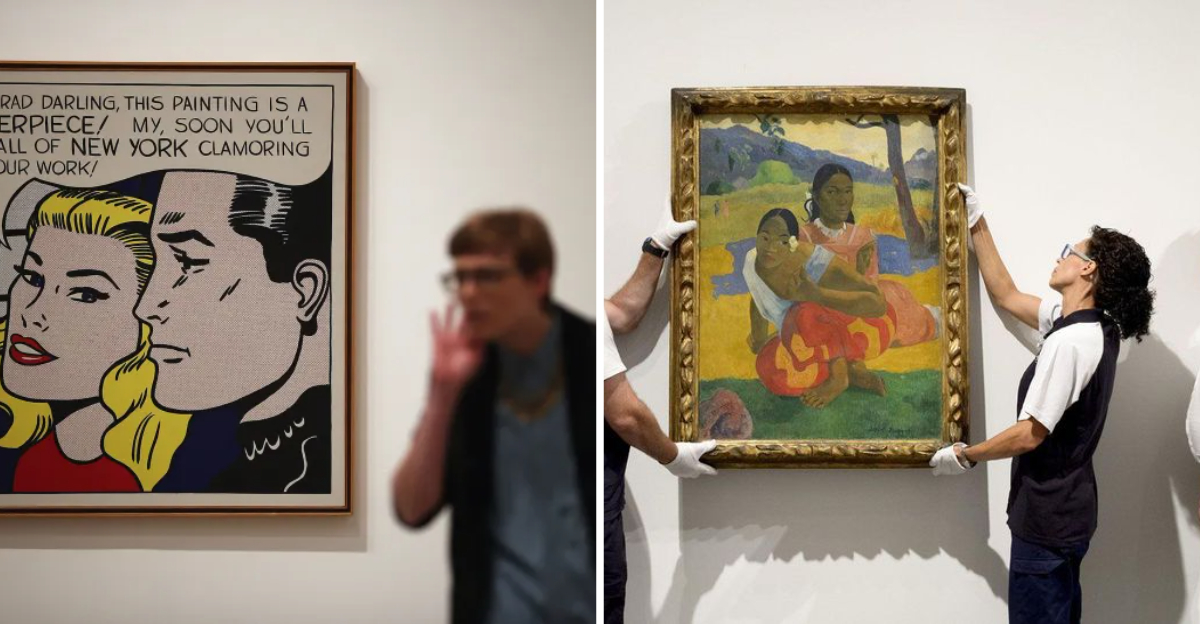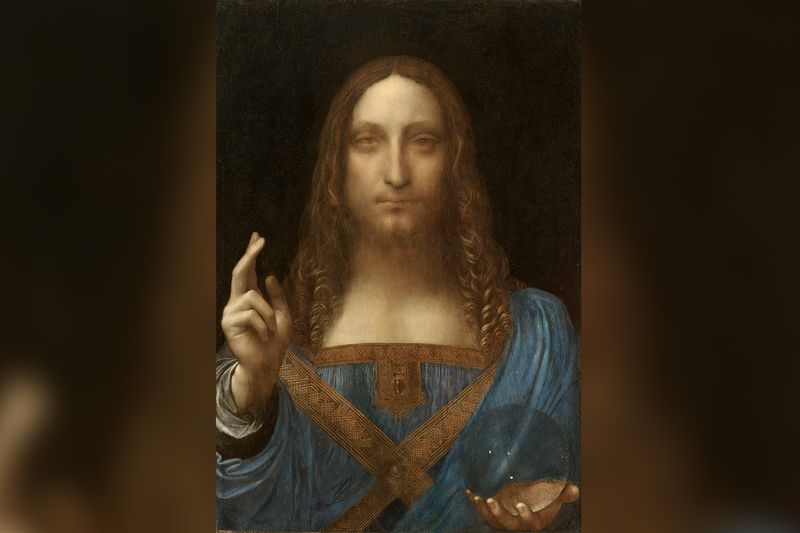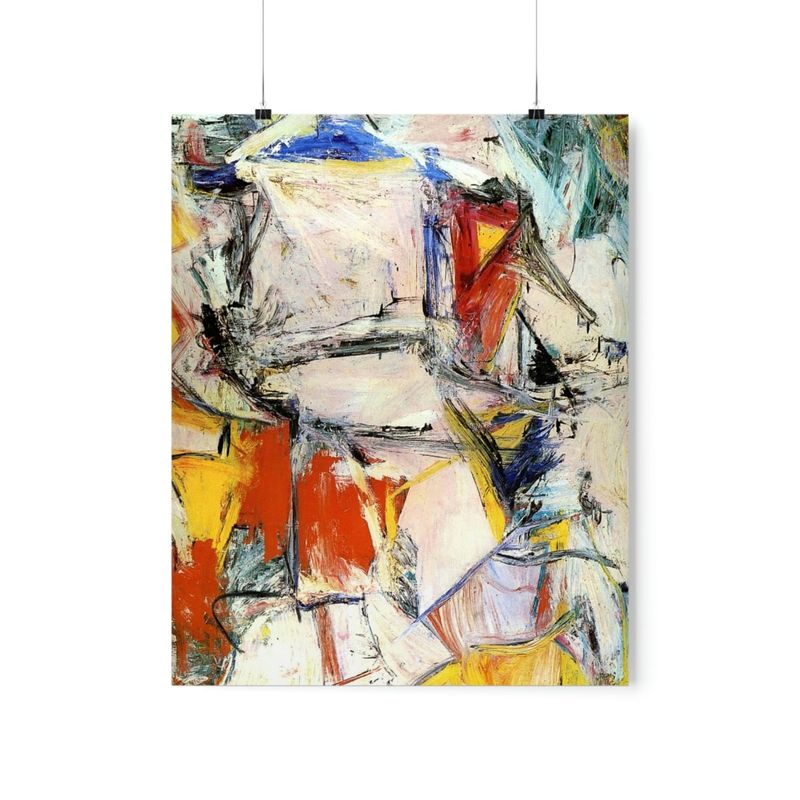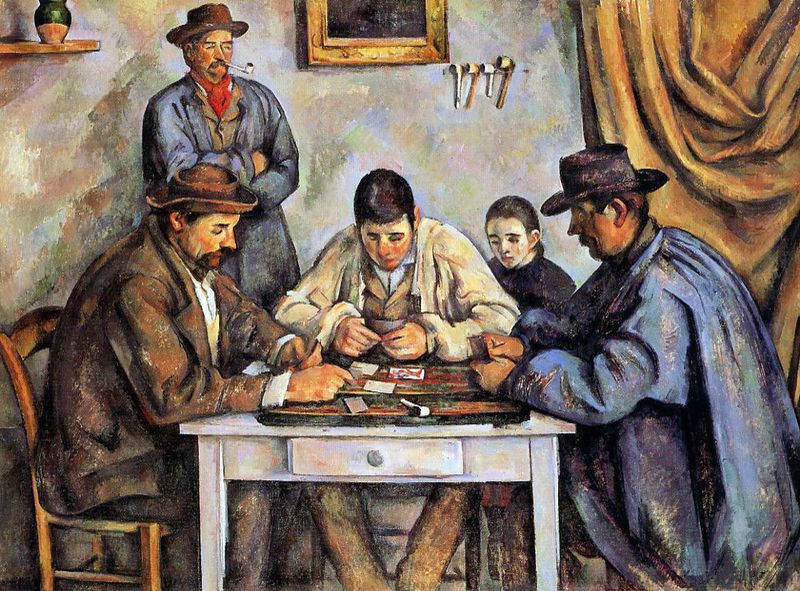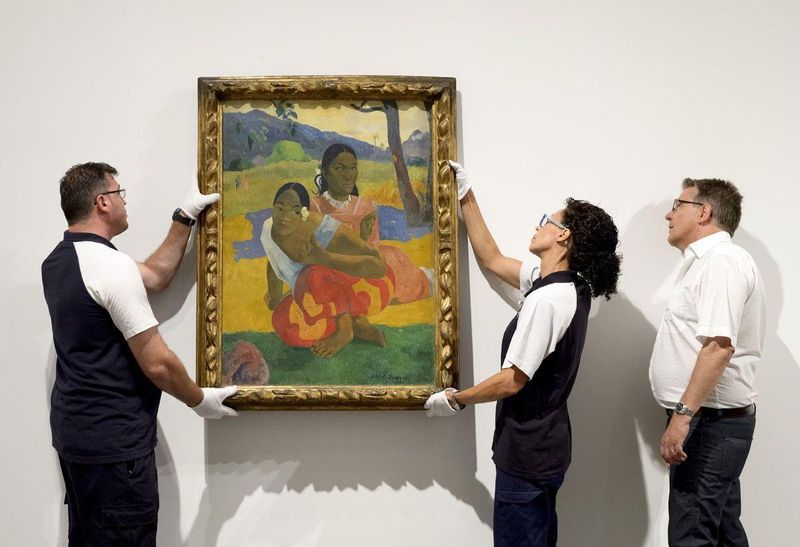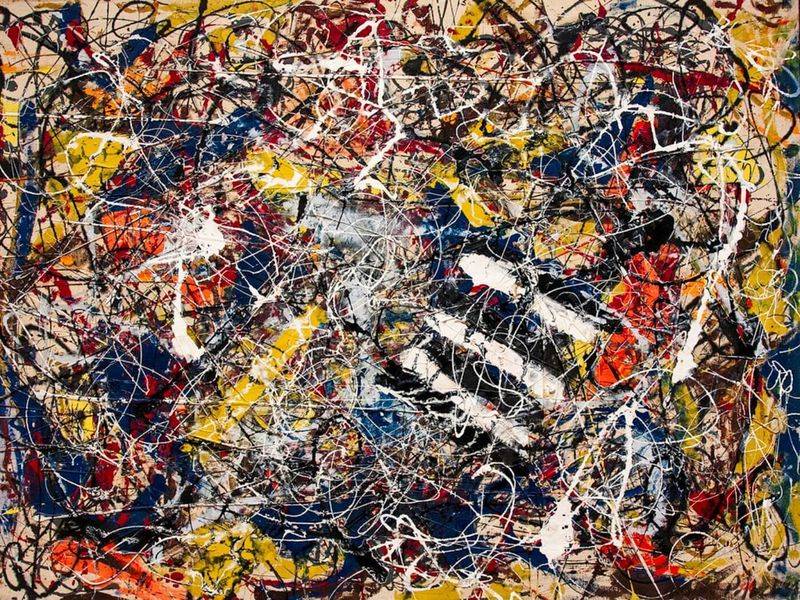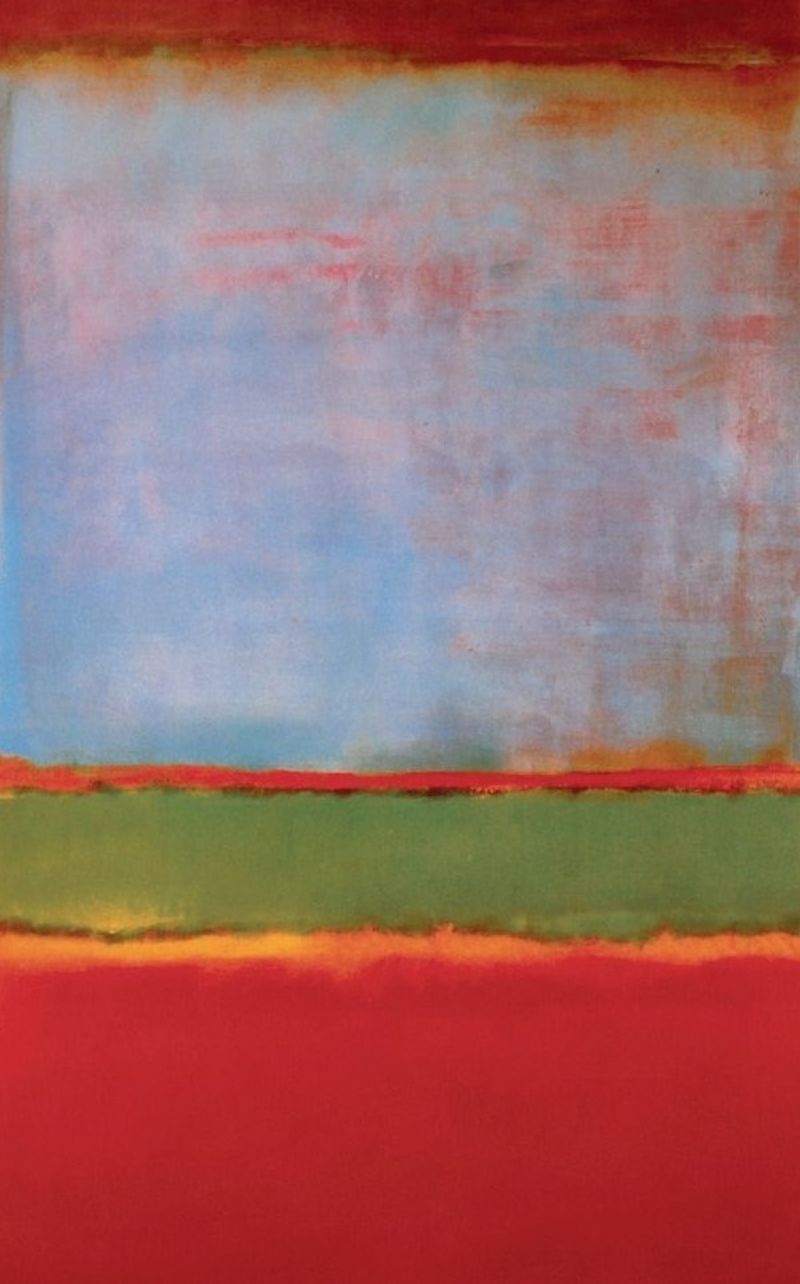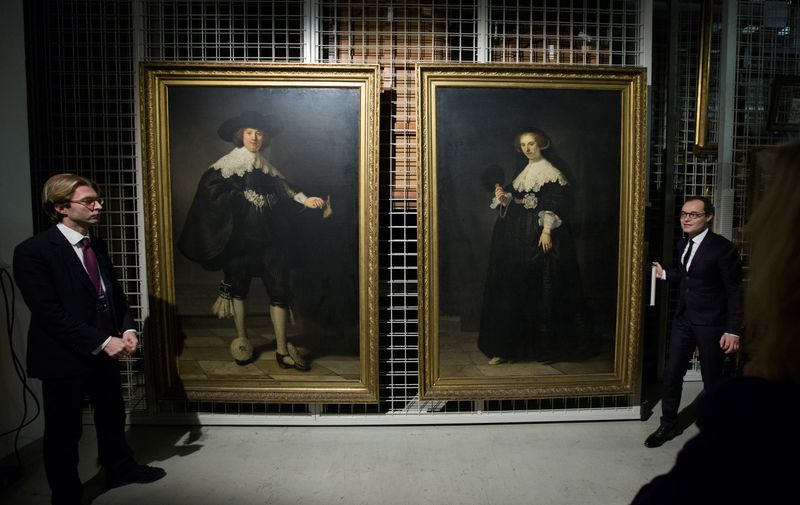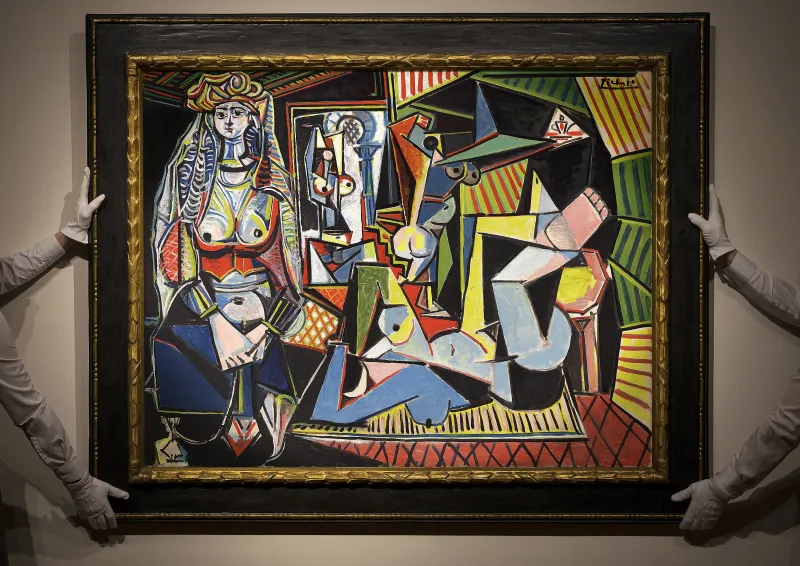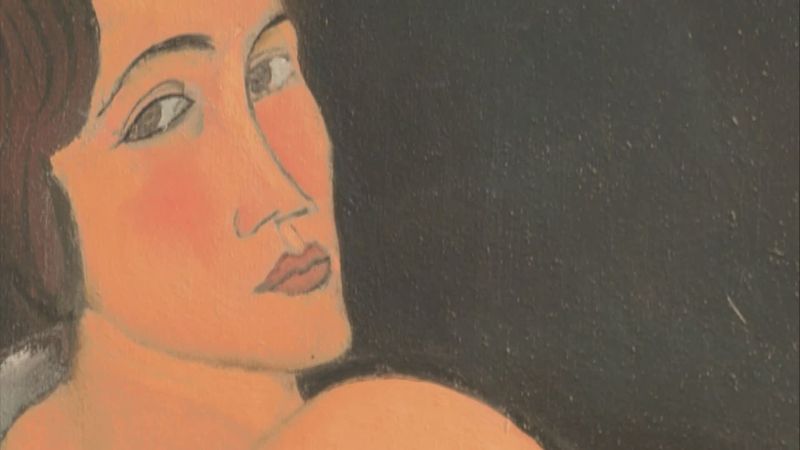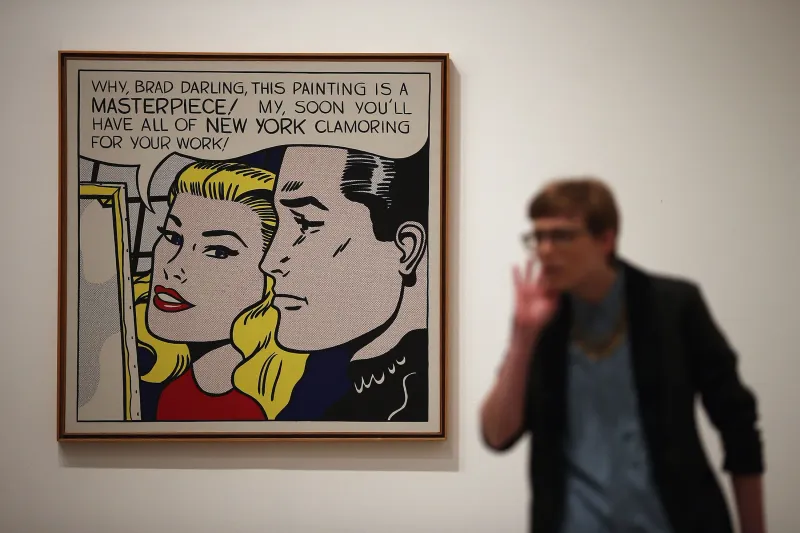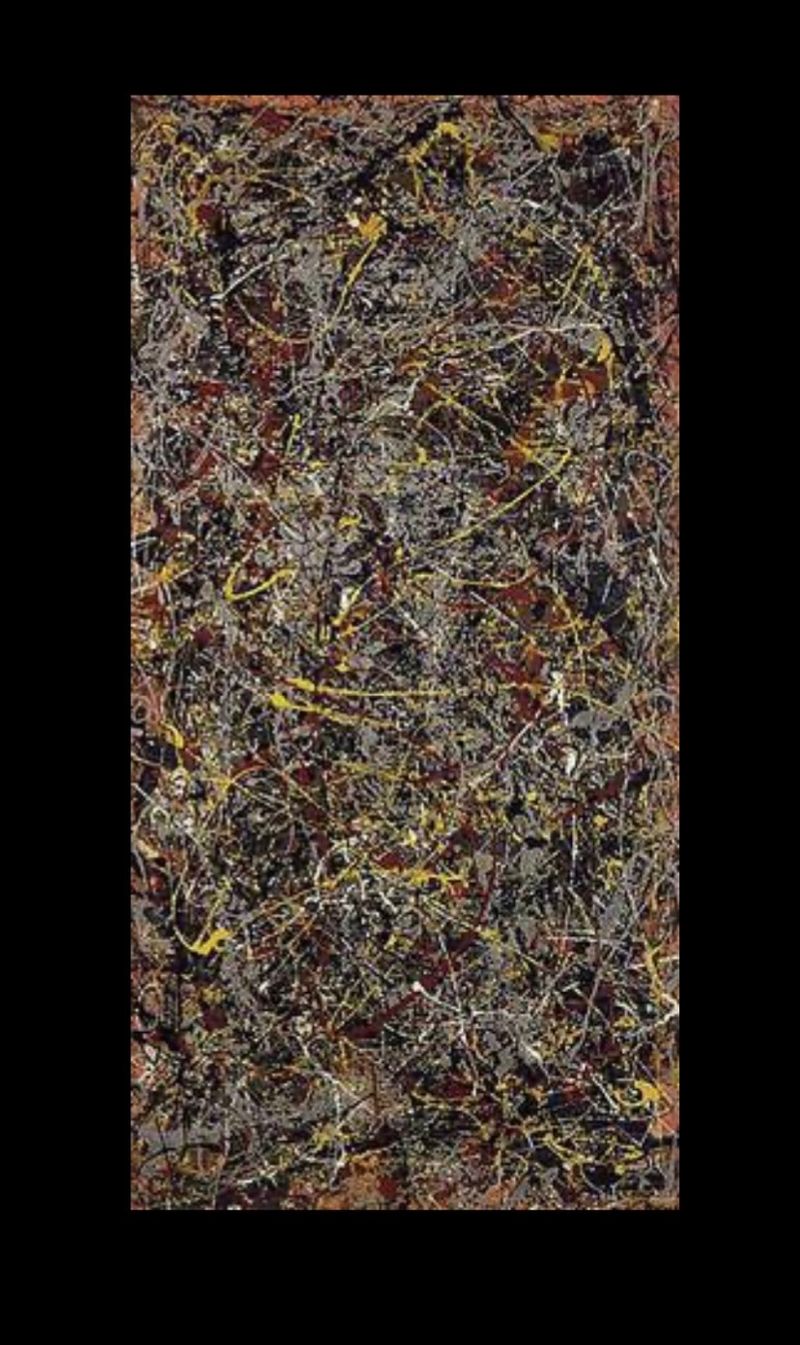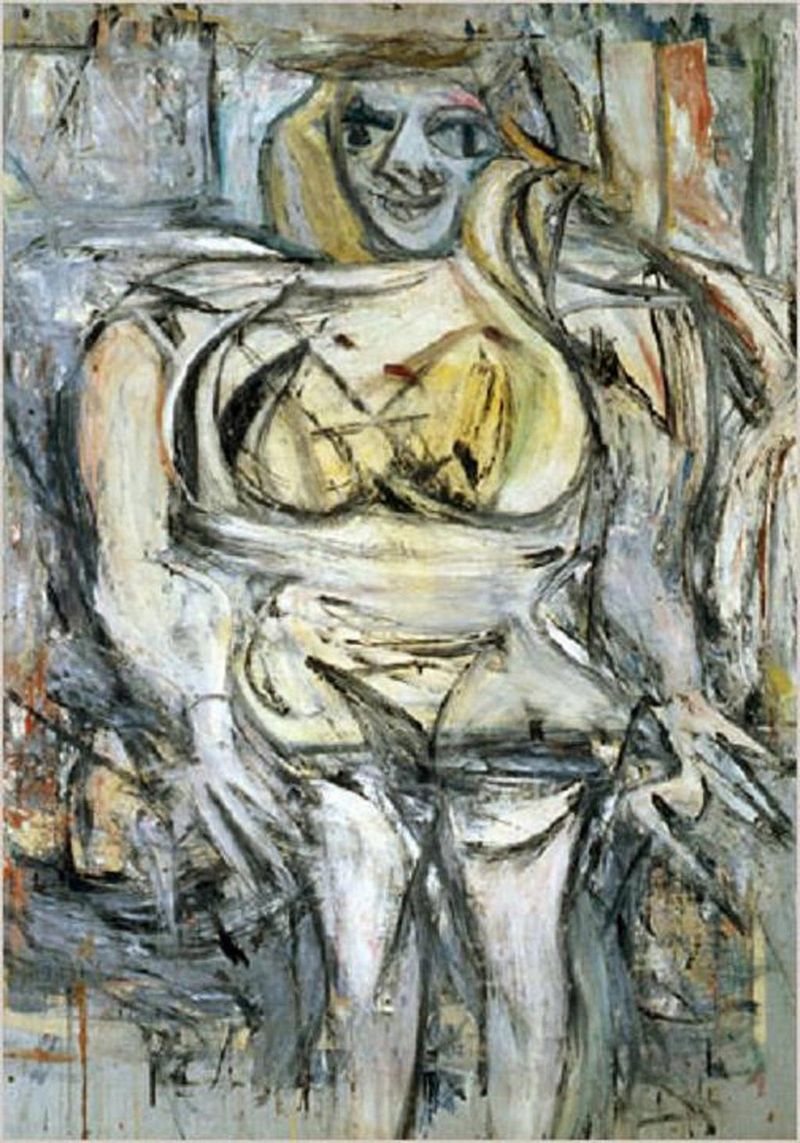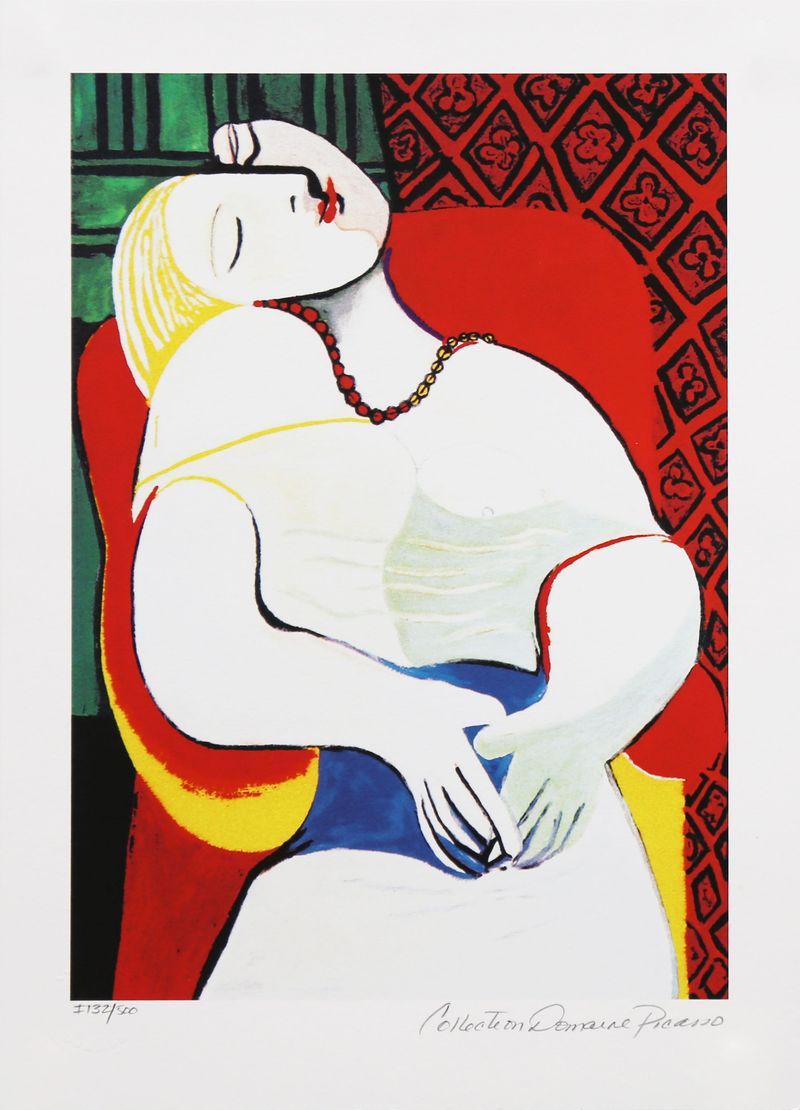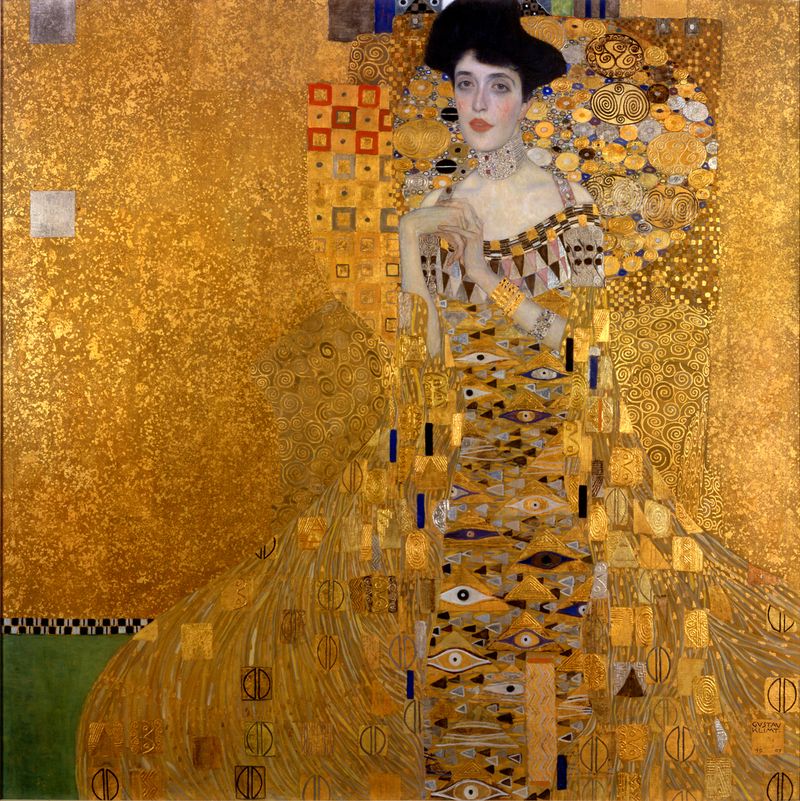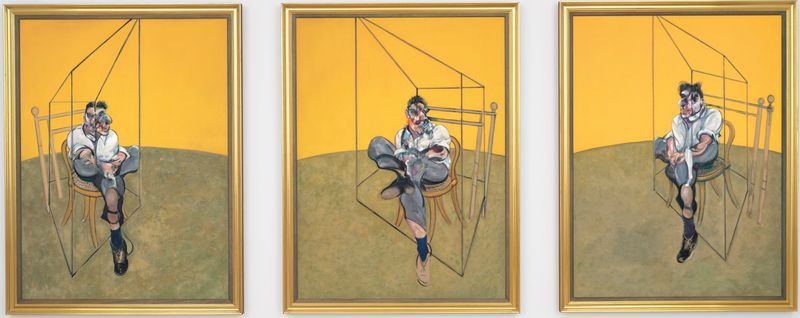Explore the world of art like never before! Join us on a journey through 15 of the most expensive paintings ever sold. These masterpieces are not only a testament to human creativity but also symbols of cultural and historical significance. Each painting tells its own unique story, capturing moments and emotions that transcend time. Whether you’re an art enthusiast or just curious, these record-breaking artworks offer a window into the genius of their creators.
Get ready to be amazed by the beauty and intrigue that make these paintings truly priceless.
1. Salvator Mundi by Leonardo da Vinci
Leonardo da Vinci’s Salvator Mundi, sold for $450.3 million in 2017, portrays Jesus Christ holding a crystal orb. The painting’s attribution to Leonardo has sparked intense debate among scholars. Its mysterious history and rediscovery in the 21st century only add to its allure. The serene expression and delicate details reflect Leonardo’s mastery.
Viewed as a symbol of divine power, it continues to captivate audiences around the world. Despite the controversies, its status as one of the most expensive artworks is undisputed. Its enigmatic aura invites viewers to ponder its deeper meanings.
2. Interchange by Willem de Kooning
Interchange, an abstract expressionist masterpiece by Willem de Kooning, fetched around $300 million in a private sale in 2015. Known for its vibrant colors and dynamic composition, it marked a pivotal moment in de Kooning’s career. The painting exemplifies his innovative approach to form and movement.
Its energetic brushstrokes create a sense of chaos and freedom, inviting viewers to interpret its meaning. As one of the most expensive paintings, it highlights the value of abstraction in art. The work’s lively spirit continues to inspire artists and collectors alike.
3. The Card Players by Paul Cézanne
The Card Players by Paul Cézanne, sold for over $250 million in 2011, is part of a celebrated series. This painting portrays two Provençal peasants engaged in a card game, capturing the essence of rural life. Cézanne’s exploration of form and color is evident in the detailed depiction of the players and their surroundings.
The subtle interplay of light and shadow adds depth, making the scene both lifelike and timeless. As a landmark in art history, it exemplifies Cézanne’s influence on modern art. Collectors prize its ability to convey simplicity and complexity.
4. Nafea Faa Ipoipo (When Will You Marry?) by Paul Gauguin
Paul Gauguin’s Nafea Faa Ipoipo, sold for approximately $210 million in 2015, captures the allure of Polynesia. Painted in 1892, it reflects Gauguin’s fascination with Tahitian culture and landscapes. The vibrant colors and exotic setting convey a sense of warmth and mystery. The figure’s serene expressions invite contemplation of cultural identity and connection.
As one of the most expensive paintings, it underscores Gauguin’s impact on the art world. The painting’s bold use of color and cultural themes continue to resonate with audiences, offering a glimpse into a world both distant and familiar.
5. Number 17A by Jackson Pollock
Number 17A by Jackson Pollock, sold for $200 million in 2016, is a stunning example of his iconic drip technique. This abstract masterpiece is characterized by intricate patterns and vibrant colors. Pollock’s energetic application of paint creates a sense of movement and emotion. The work’s complexity invites various interpretations, making it a favorite among collectors and art enthusiasts.
As a leading figure in abstract expressionism, Pollock’s influence is undeniable. Number 17A exemplifies his innovative approach, transforming the canvas into a dynamic and expressive space. Its allure remains as strong as ever.
6. No. 6 (Violet, Green and Red) by Mark Rothko
Mark Rothko’s No. 6 (Violet, Green and Red), sold for $186 million in 2014, is a masterpiece of abstract expressionism. Known for his color field paintings, Rothko’s work evokes deep emotional responses through its use of color. The large blocks of violet, green, and red create a meditative and intense experience.
Rothko’s exploration of human emotion and spirituality is evident in the painting’s simplicity and depth. Its impact on viewers is profound, making it one of the most sought-after pieces in the art world. The painting’s timeless appeal continues to captivate audiences.
7. Portraits of Maerten Soolmans and Oopjen Coppit by Rembrandt
Rembrandt’s portraits of Maerten Soolmans and Oopjen Coppit, sold for $180 million in 2015, are celebrated for their detailed depiction of an affluent Dutch couple. These pendant portraits showcase Rembrandt’s mastery of light and texture. The lifelike expressions and lavish clothing reflect the couple’s status and personality.
Their dynamic poses and rich details make them a standout in portraiture. Jointly owned by the Louvre and Rijksmuseum, they symbolize the collaboration between art institutions. As iconic examples of Rembrandt’s work, they continue to fascinate viewers with their timeless elegance and craftsmanship.
8. Les Femmes d’Alger (Version O) by Pablo Picasso
Pablo Picasso’s Les Femmes d’Alger (Version O), sold for $179.4 million in 2015, is a vibrant interpretation of a harem scene. Inspired by Delacroix, Picasso’s cubist style transforms the composition using bold colors and geometric shapes. The painting’s dynamic arrangement and vivid palette convey energy and emotion.
As part of a series, it reflects Picasso’s exploration of Orientalism and modernity. Its significance in art history is marked by its innovative approach and expressive power. Collectors and admirers value its ability to bridge cultural influences, making it a cornerstone of Picasso’s artistic legacy.
9. Nu couché by Amedeo Modigliani
Amedeo Modigliani’s Nu couché, sold for $170.4 million in 2015, is renowned for its sensual elegance. The reclining nude, with elongated features and soft lines, epitomizes Modigliani’s unique style. The painting’s warm tones and intimate composition evoke a sense of grace and allure.
Modigliani’s innovative approach to the human form has made this piece a favorite among collectors. Its erotic appeal and artistic merit ensure its place in art history. As a symbol of beauty and desire, Nu couché continues to captivate audiences, offering a glimpse into Modigliani’s creative genius.
10. Masterpiece by Roy Lichtenstein
Roy Lichtenstein’s Masterpiece, sold for $165 million in 2017, is a hallmark of pop art. Known for its comic strip style, the painting humorously references Lichtenstein’s own success. The bold lines and vibrant colors create a lively and engaging composition. Lichtenstein’s playful satire and innovative use of popular culture elements make this piece iconic.
Its blend of humor and art critique resonates with audiences, bridging high art and popular media. Collectors prize its originality and wit, cementing its status as a cornerstone of the pop art movement. Masterpiece remains a testament to Lichtenstein’s creative impact.
11. No. 5, 1948 by Jackson Pollock
Jackson Pollock’s No. 5, 1948, sold for $140 million in 2006, is an iconic example of his drip painting technique. The chaotic composition of intertwined drips and splatters creates a dense and textured surface. Pollock’s innovative approach revolutionized abstract expressionism, emphasizing spontaneity and emotion. The painting’s complexity invites viewers to explore its depths, making it a prized piece among collectors.
Its influence extends beyond the art world, symbolizing creativity and freedom. As a masterpiece of modern art, No. 5, 1948 continues to inspire and challenge perceptions, reflecting Pollock’s enduring legacy.
12. Woman III by Willem de Kooning
Willem de Kooning’s Woman III, sold for $137.5 million in 2006, is part of a series exploring the female form. The painting’s abstract portrayal combines aggressive brushstrokes with vivid colors, capturing a sense of movement and intensity. De Kooning’s innovative approach to form and abstraction challenged traditional notions of femininity and art.
The work’s dynamic composition and emotional depth resonate with viewers, making it a standout piece in his career. Woman III’s significance in art history is marked by its bold exploration of identity and expression. It remains a cherished masterpiece among collectors.
13. Le Rêve by Pablo Picasso
Le Rêve, by Pablo Picasso, sold for $155 million in 2013, depicts his mistress in a dreamy and abstract style. The painting’s bold colors and exaggerated features create a sense of intimacy and passion. Picasso’s exploration of eroticism and emotion is evident in the composition’s fluid lines and vibrant palette.
As one of his most renowned works, Le Rêve captures the essence of desire and creativity. Its significance in art history is marked by its innovative approach and personal connection to the artist. Collectors value its emotional depth and artistic mastery, cementing its status as a masterpiece.
14. Portrait of Adele Bloch-Bauer I by Gustav Klimt
Gustav Klimt’s Portrait of Adele Bloch-Bauer I, sold for $135 million in 2006, exemplifies his signature style. The gold-adorned portrait blends realism with ornate decoration, creating a luxurious and elegant composition. Klimt’s attention to detail and use of gold leaf highlight the subject’s opulence and grace. The painting’s intricate patterns and rich textures make it a standout in Klimt’s oeuvre.
As a symbol of beauty and wealth, it continues to captivate audiences worldwide. Its historical and artistic significance is celebrated by collectors and art lovers alike, cementing its place as a masterpiece of modern portraiture.
15. Three Studies of Lucian Freud by Francis Bacon
Three Studies of Lucian Freud, by Francis Bacon, sold for $142.4 million in 2013, captures the famed artist in a dynamic triptych. Bacon’s abstract and intense style distorts Freud’s features, creating a powerful exploration of identity and emotion.
The vibrant colors and dramatic composition reflect Bacon’s unique approach to portraiture. The triptych’s significance lies in its ability to convey the complexities of human expression. As a testament to Bacon’s artistic prowess, it remains a highly sought-after piece among collectors. Its impact on contemporary art and portraiture is profound, marking it as a modern masterpiece.
